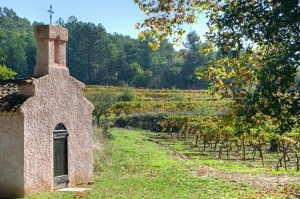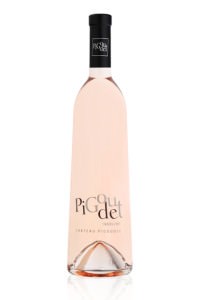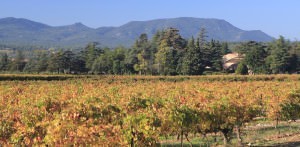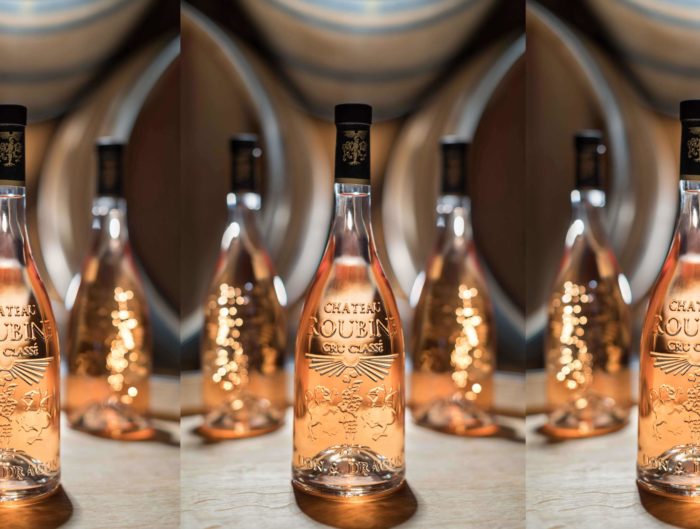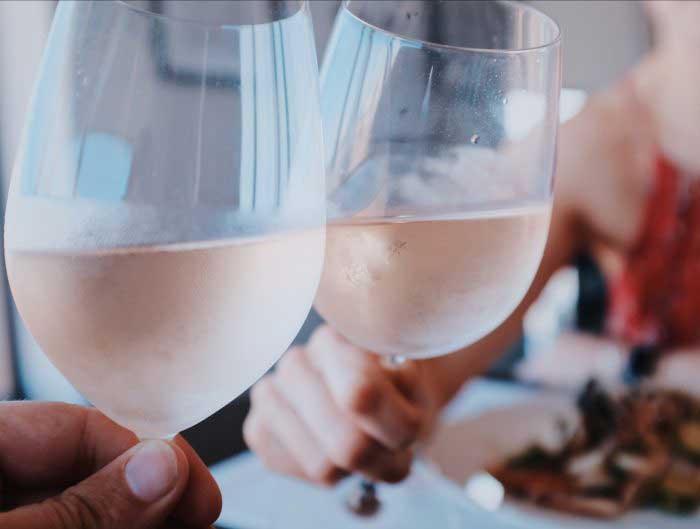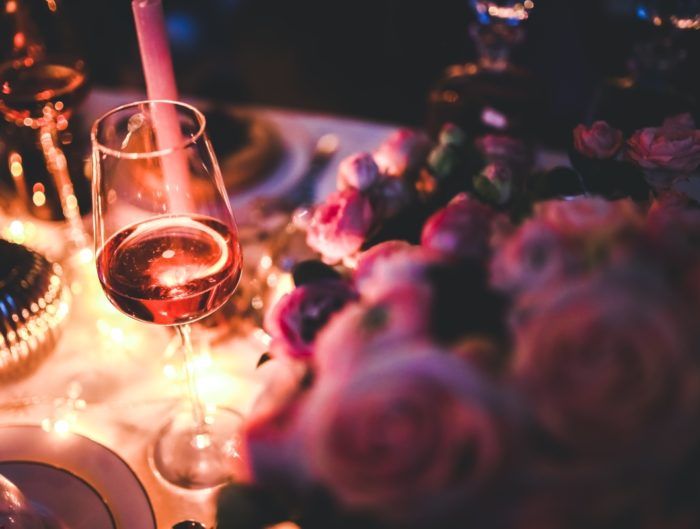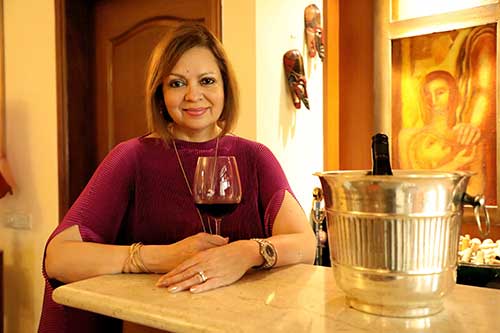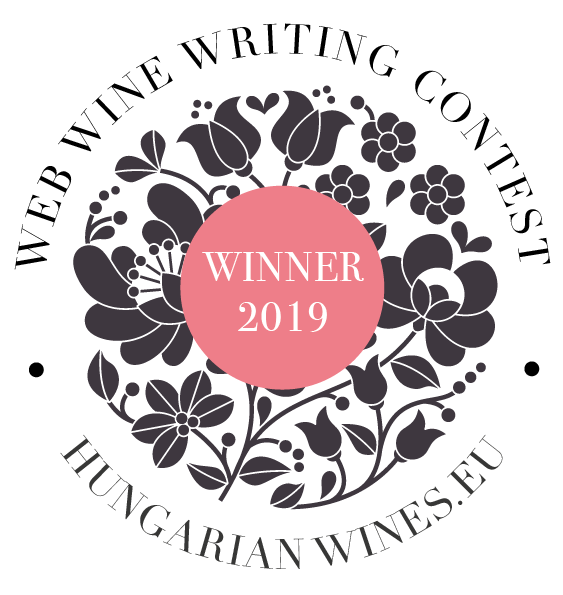The France Diaries
If it is summer in Provence, it must be rosé. And a lovely summer in Provence like the one just past was just made for drinking rosés. And so we did. Our lunchtime wine was most often a glass of local rosé, and it was just perfect with the Provençal food and weather.
But besides being light, fresh and delightful to drink, rosés in Provence are now big business. Nowhere was this fact more apparent than during my visit to Château Pigoudet at Rians, one of the northernmost estates in the AOC Coteaux d’ Aix-en-Provence. A very pretty, very old 16th century estate, all in pink right down to its wines, it has moved on from a time when most of the wines they made were red, to the present, where 85% of the wine they make is rosé. And 46% of their wine is exported, mainly to the US, Germany and the UK. They make 250,000 bottles of all their wines.
It was a day away from harvest, late this year in Provence as elsewhere. But here in Pigoudet, the sun is shining brightly, and the winemaker is smiling. Not that it was all smiles right through, they lost almost 40% of their grapes in the hailstorms of July 17, which did damage to some vineyards in Provence. Nonetheless, the smiles are now back. This is a harvest they are looking forward to. And there will be no red wines made this year.
Aurélien Pont, who heads a small, dedicated team at Chateau Pigoudet, is a young man, born and brought up in Aix-en-Provence. Pont started his career with Château Pigoudet, which is now owned by a German family, the Schmidts. “Our focus is now on making quality rosé wines,” he says. The rosés too, have changed in character, from the deeper orangey-peach wines they once were, to a more modern avatar – pale pink, so light and fragrant that they seems a whisper of their former style. But it takes just one sip to realise that the light hand has not translated into any loss of flavour.
Pont explains. “Earlier rosés were heavier, darker, with more tannins, a by-product of red wines. Now we make our rosés for themselves, and the balance between sugar and acidity is perfect. We have very short skin contact, sometimes just 10 minutes in the press. We lose some wine, but what we get is a much superior quality.”
AOC Côteaux d’Aix-en-Provence is away from the sea, unlike the Bandol vineyards and some parts of the AOC Côtes de Provence. Pigoudet is 400metres above sea level and has cooler nights, leading to longer ripening, which in turn preserves aromas. Grapes grown in the estate include Grenache, Cinsault, Syrah, Vermentino, Sauvignon Blanc and Cabernet Sauvignon and Mourvèdre.
Pont points out that rosés in fact could be considered the ideal wines for modern times – in keeping with today’s fast-paced lifestyle, they are ready to drink as soon as they are bottled and do not need to be decanted or waited upon to enjoy. He advises rosé fans to always ask for the latest vintage when buying.
Pigoudet makes 3 categories of wines – Premiere, Chapelle (named after the charming little chapel on the estate) and the Insolite!. The Insolite! rosé is their star, with its very unusual bottle, and modern, almost funky look with its black, silver and white lettering and black cork. It is a blend of Grenache, Cabernet Sauvignon and Syrah. The award-winning wine, a very pale salmon pink, has refreshing notes of strawberries, melon and citrus fruit and a long finish. There are just 4000 bottles of this made. Château Pigoudet even makes a rosé in new oak, the Cuvée Le Grand Pigoudet rosé, sold mainly to high-end restaurants. Decisions on the exact component of their blends are made at the very end, explains Pont, depending on the harvest.
Rosés are quickly becoming the next big thing in wine, with a rapidly growing rate of popularity in many markets, and the CIVP (Provence Wine Council) is working ceaselessly to press home their natural advantage of weather and terroir, researching on how to make Provence rosés even better every year. “Provence already makes the world’s best rosés,” says Pont, “But we want to be number one in quality, not quantity. Also, as world leaders we need to keep improving, and need to stay ahead of the others. I believe, when you buy a Provence rosé, you don’t just buy an excellent wine, but you buy dreams. Rosés make you dream of summer, and your next holiday – maybe in Provence.”
Looking onto the vineyards and hills beyond Château Pigoudet, with Mont Sainte Victoire in the distance, almost just as Paul Cézanne had painted it, you can perhaps dream of this.

